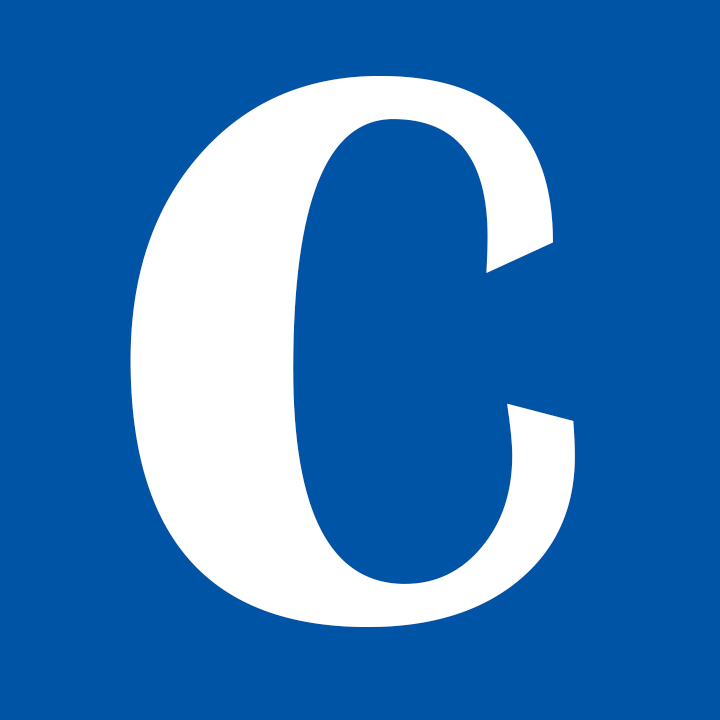“The first time I ever saw it, I found it in one paper. Then I started looking in other papers, and it was horrible. I lost five pounds, because it was personal. I felt like they were cheating on me.”
Fresno State communication professor Judith Scott had a problem. In 2006, Scott caught a student plagiarizing while teaching a communications class at Fresno State. When she noticed the student plagiarized a paper, she began to search for others.
“And so I started looking through all the papers, and that was when I found out it was approximately 50 percent of my students that were plagiarizing,” Scott said. “There were only a small percentage who knew what they were doing.”
Ida Jones, a business professor and director of the Center for the Scholarly Advancement of Learning and Teaching, said she found a similar case of plagiarism that year. Thirty percent of students in her graduate business ethics and law class cheated on their take-home midterm assignment.
“I was just shocked,” Jones said. “And I decided to do some research about why so many students, especially in a graduate class, a graduate law and ethics class, were cheating. Because you don’t have to go to graduate school; it doesn’t make sense to cheat.”
Scott and Jones decided to start a plagiarism and cheating workshop in 2006 for students and faculty. The workshop aims to help prevent plagiarism on campus, as well as to find more data about why students were cheating.
The Fresno State Honor Code, which students sign during the Dog Days new student orientation, reads that students must “understand or seek clarification about expectations for academic integrity (including no cheating, plagiarism and inappropriate collaboration) as noted by faculty and on class syllabi, university catalogue, university web sites and other referenced sources.”
Scott said that although students are required to sign the honor code at Dog Days, many students don’t pay proper attention to what the document says.
“I think they just sign it and move on,” Scott said. “They have a copy and can always access it on the web, but I don’t know that they do.”
Since the workshops started, Scott said the plagiarism rate in her classes has dropped from 50 percent to about 8 percent. However, that hasn’t stopped some students from trying.
“Some students have taken on the challenge to see if they could get this through, see if she catches it, but for the most part I’m pretty diligent,” Scott said. “Because they all fail. Students know what this is. This isn’t a shock anymore. It has trickled down to the high schools.”
Besides the lack of education during orientation or high school, Jones said there are other causes of students who cheat.
“A lot of it is if you don’t get it in high school, and nobody recognizes it and doesn’t say anything, you just keep doing it,” Jones said.
Last fall, Jones said she saw the number of plagiarism incidents increase in her graduate class again. One student who was caught, she said, was able to graduate from Fresno State.
“She made it all the way through, got her degree, made it through the classes she had taken so far in the graduate program and then was clear — it the worst case of plagiarism I had ever seen,” Jones said. “She had made it through all those years of school, and no one ever called her on it.”
Jones said faculty response may be skewing the number of plagiarism cases at Fresno State. Many cases go unreported or are dealt with internally because of the extensive paperwork involved in reporting an act of plagiarism.
“I think students have been doing it and have been getting away with it,” Jones said. “We did a study a number of years ago, just asking faculty what percentage of students they thought plagiarize, and the faculty said something like 20 percent, and the students said around 80 percent. So, obviously, there’s a gap in how the faculty are reading it, or that they aren’t reporting it but just letting it slide.”
Scott agreed with Jones, but said the increasing numbers of plagiarism workshops —which reach more than a thousand students each year —along with support from faculty, reported cases of plagiarism have increased.
“It took them [faculty] a while to understand what we were doing and how big of a problem it really was, and once they saw it, we have at least tripled, if not more, the charges on campus,” Scott said.
Quentin Sanford, a finance student, said stress and time-management skills play a role for students who plagiarize.
“We are trained to pass a test, to achieve a certain grade percentage and to move forward to the next step,” Sanford said. “Because of this, many students fall into plagiarism because of the demand to perform, and lack of engagement. I believe fewer students would violate the honor code if their pursuit was closer aligned to learning rather than passing.”
Another consequence for students who plagiarize, Scott added, is the depreciation of a college degree.
“I would like to stop that. I think it’s really important,” Scott said. “I have a degree from this university… and I think it’s important that the value stays attached to mine.”
Scott said that the workshops so far have been a success on campus. Data shows that students who take the pretest and posttest having a higher accuracy rate, with percentages Scott calls “unbelievable.”
“So even though a student may say they already know this,” Scott said, “there was still something in there that they learned.”




